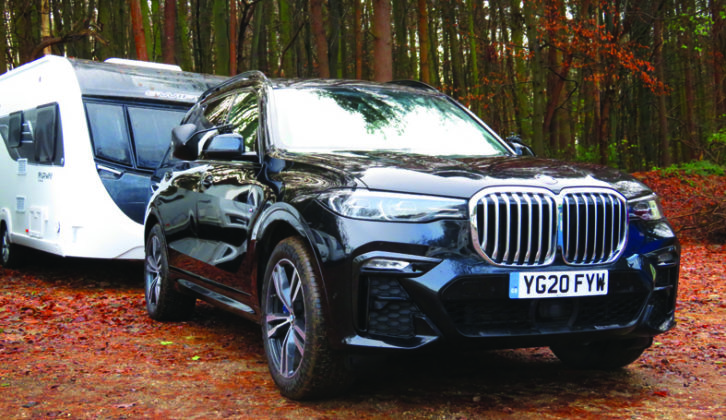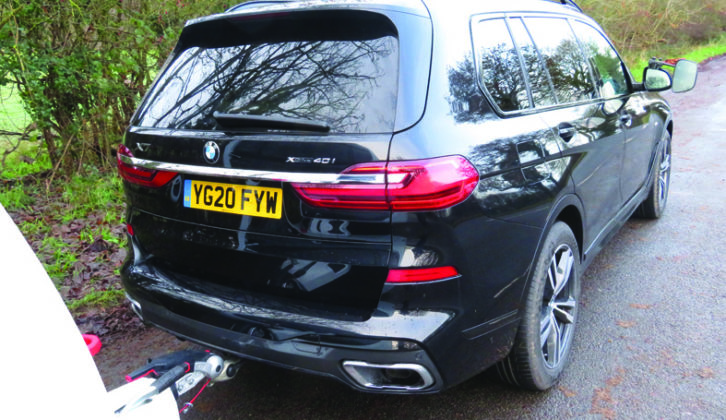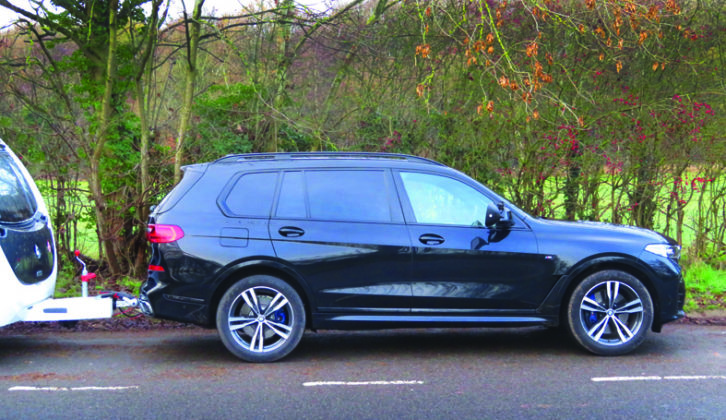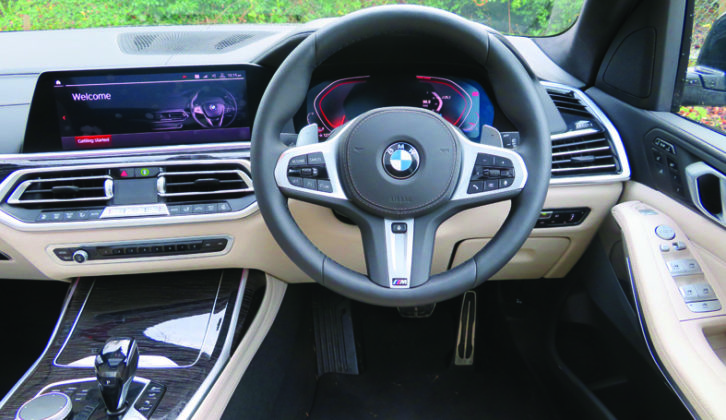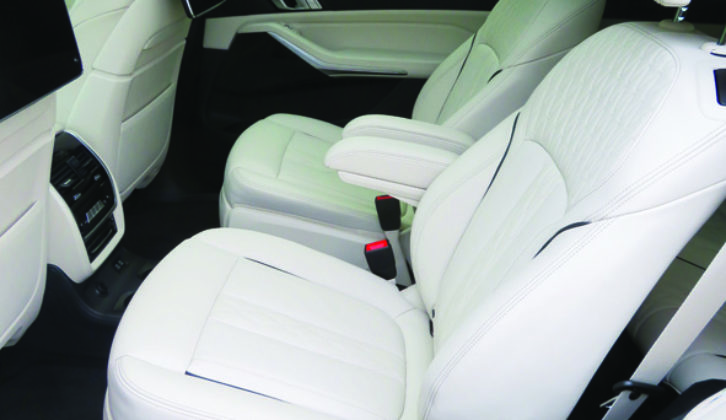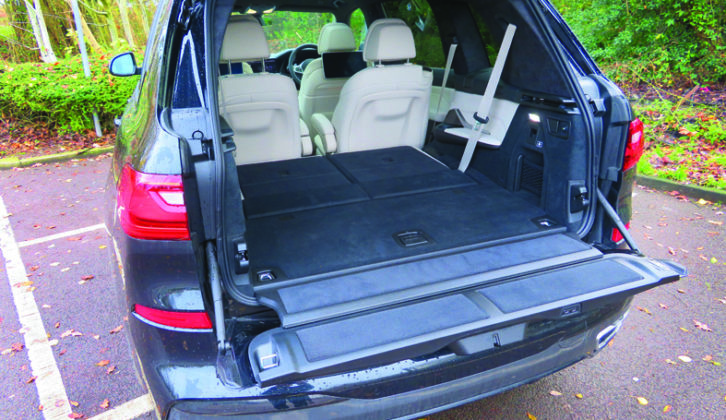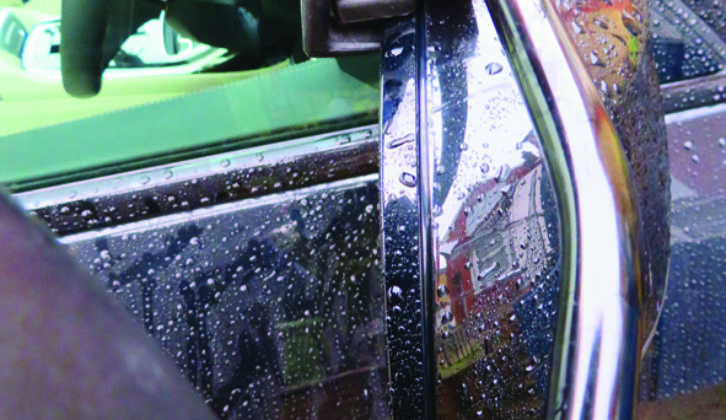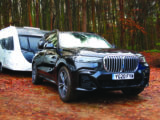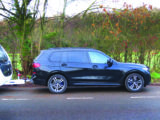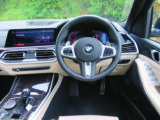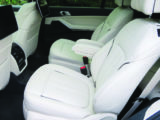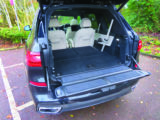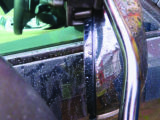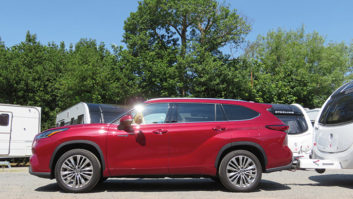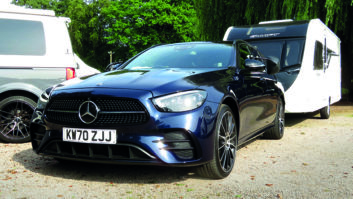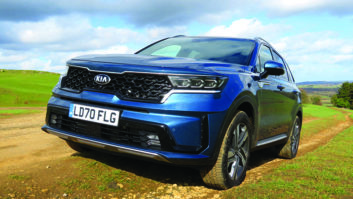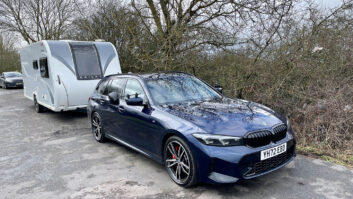What’s new?
The X7 is BMW’s biggest SUV. And when we say big, we really mean enormous. Measuring well over five metres in length and weighing almost 2.5 tonnes, the BMW X7 is one of the largest cars on the road.
BMW offers the X7 with a choice of petrol or diesel power, with mild-hybrid assistance for most models. We’re testing the 40i petrol in M Sport specification.
What are we looking for?
BMW already has a big 4×4 in the X5. Does the X7 justify its price premium over the X5, or is it simply overkill for UK roads?
Towing ability
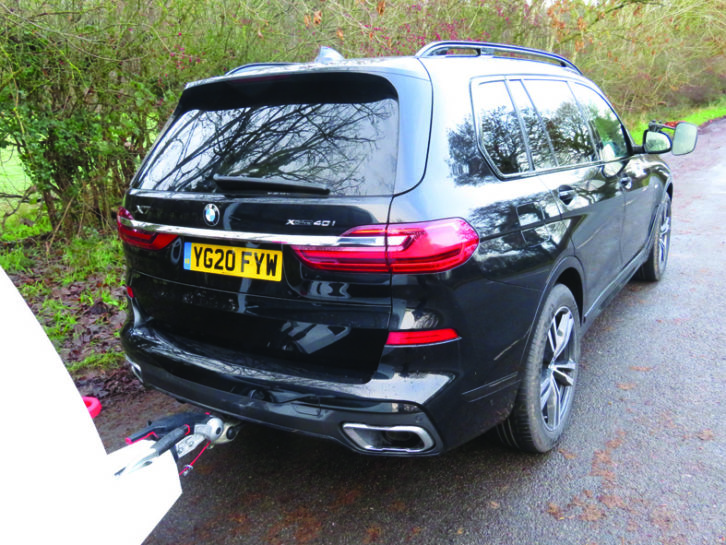
A kerbweight of around 2.5 tonnes suggests there’s not a lot that the X7 won’t tow. The legal maximum is a surprisingly low 2.2 tonnes, but with BMW’s towing gear fitted (£1075), the maximum increases to 3.5 tonnes, which brings the X7 into line with rivals such as the Land Rover Discovery.
Diesel models are usually our favourites when towing with a big 4×4, both for their mid-range pulling power and for their fuel economy. We’ll come back to fuel economy later, but there’s no need to worry about the BMW’s 3.0-litre engine being short of muscle. In fact, it pulls remarkably strongly from low revs, and the power keeps on building. It easily handled the sizeable Swift Fairway Platinum 880 we matched with it, with its MiRO of 1536kg.
When a car tows as quickly and easily as this, you do wonder why anyone would spend even more for the high-performance models in the X7 range. Half-throttle is enough for brisk acceleration, even pulling a big caravan like the Swift. The eight-speed auto gearbox has a habit of almost always being in the right gear.
Once up to speed, the big BMW is serene, with just slight side-to-side movement when overtaking HGVs. We tried towing with the adjustable air suspension set to ‘sport’, and this seemed to minimise the effect of any turbulent air.
It’s difficult to compare cars that are driven months apart, but we’d say the Mercedes GLS is just a little more stable. We’re splitting hairs, though. By any standard, the X7 is a powerful and stable tow car.
Solo driving
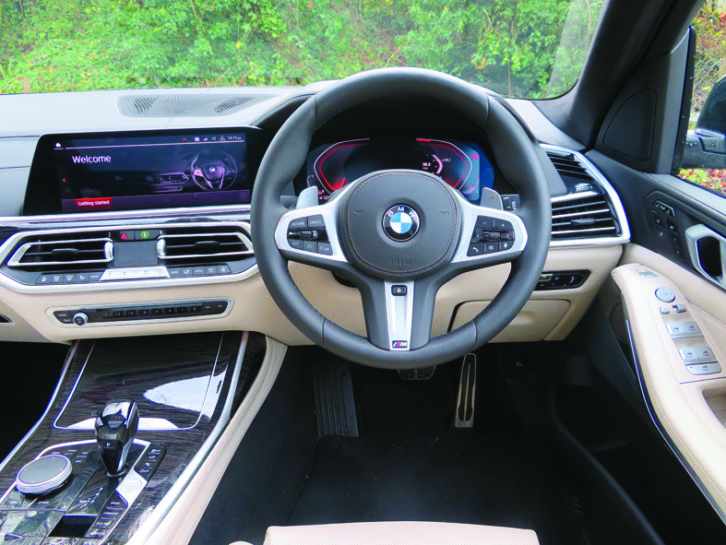
A car of this size is never going to shrink around the driver, and it takes some concentration to drive the X7 through narrow city streets or tight country lanes.On wider, faster roads, the BMW comes into its own. With the air suspension set to ‘comfort’, the X7 is remarkable smooth, even riding on huge 21-inch alloys.
Switch the car to ‘sport’ setting, and it’s firmly controlled on dips and crests without feeling harsh. In this mode, there’s a more urgent response to the throttle and the gearbox holds a lower gear for longer, making the most of the engines performance. The BMW’s powerful six-cylinder engine is very quiet while cruising, but builds up to an aggressive snarl when accelerating. Even at high revs, though, it’s never too noisy or intrusive. Our only real complaint is that the big low-profile tyres produce a lot of road noise, especially on coarse surfaces.
Practicality
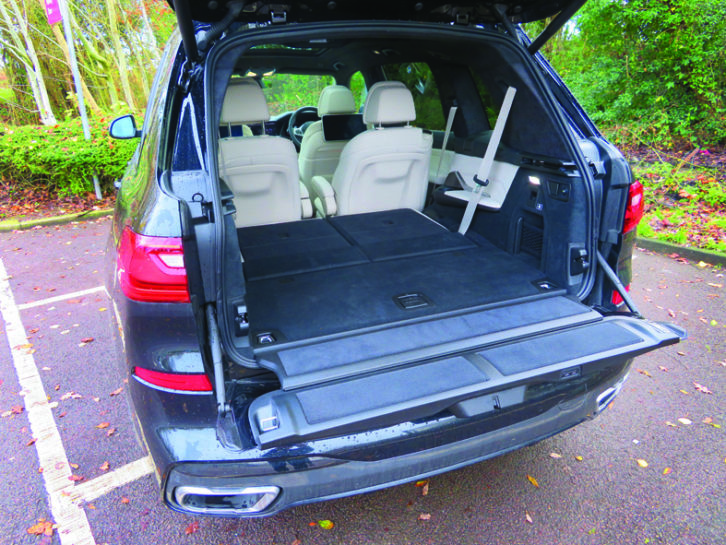
The X7’s super-sized dimensions don’t always count in its favour in regular driving, but they make it very roomy and practical. The standard arrangement offers seven seats, but our car had the optional six-seat layout.
Instead of a three-person bench in the second row, there are two armchair-like seats. If you don’t need to carry seven, this is a luxurious way to travel. There’s plenty of head- and legroom, and twin screens are fitted to the back of the front seats if you choose the optional entertainment pack.
The space in the third row isn’t quite so generous, but adults will be happier in the back of the X7 than in most seven-seaters. The middle row motors out of the way at the push of a button for access to the back.
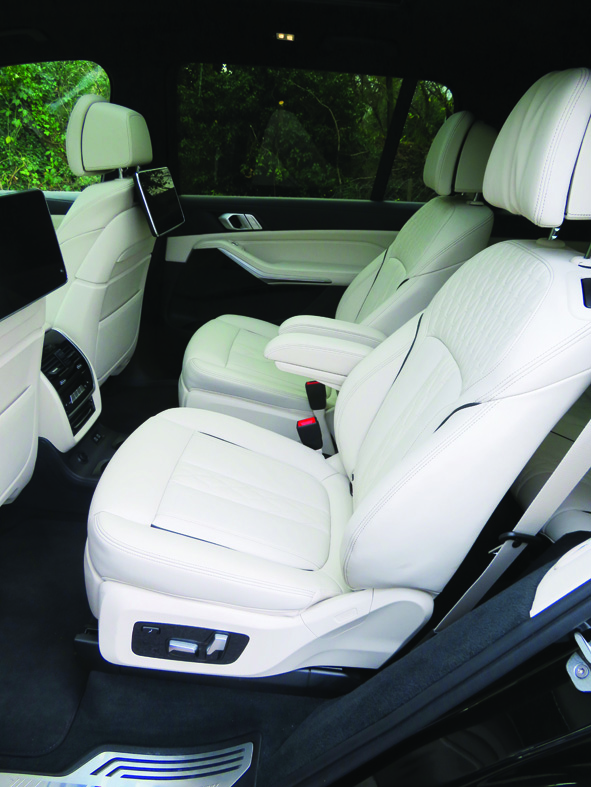
Even with the rear seats up, there’s boot space for several shopping bags, and capacity is huge if the third row is folded. The seats lower and raise electrically, controlled by buttons to the left of the tailgate.
Up front, the electronically adjustable seat and wheel make it easy to fine-tune up to 11hp of electrical assistance for the engine. But fitting a mild-hybrid system to a petrol 4×4 of this size is a bit like switching off a light and thinking you’ve done your bit for the climate.
The X7 returns just 26.9-27.7mpg on the combined cycle in normal driving, and we saw 17.2mpg while towing, which makes this one of the thirstiest cars we’ve reviews.
The list price of over £80,000 also marks it out as one of the most expensive we’ve tested, although What Car? suggests large discounts are available. Strong retained values are another point in its favour, but fundamentally this is a costly, thirsty car.
Verdict
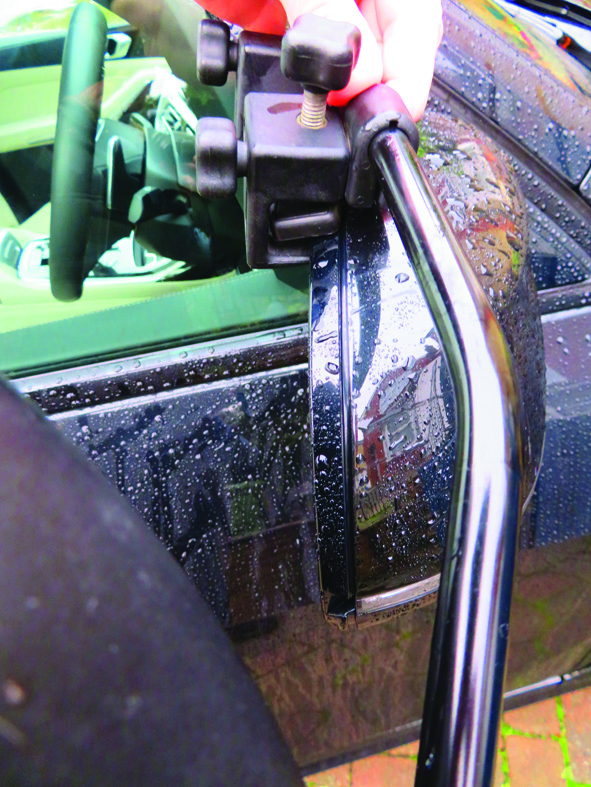
Powerful, stable and luxurious, but the X7 is most certainly expensive and thirsty.
If you liked this… READ THESE:
If you’ve enjoyed reading this article, why not get the latest news, reviews and features delivered direct to your door or inbox every month. Take advantage of our brilliant Practical Caravan magazine SUBSCRIBERS’ OFFER and SIGN UP TO OUR NEWSLETTER for regular weekly updates on all things caravan related.
Once up to speed, the big BMW is serene, with just slight side-to-side movement when overtaking HGVs
